Types of Loop Control structure C++
Loops are basically certain conditions that repeats certain steps until the condition becomes false , i.e a loop will continue to go on until the condition is true as soon as it becomes false the loop will break .
TYPES OF LOOP IN C++
There are 3 types of loops :-
- for loop
- while loop
- do-while loop
Loop Control structure: FOR LOOP
This loop is also known as counter controlled loop ,i.e a counter is set that for how many times the loop shall run and after that the condition will become false and the loop will break,
Syntax:
for(start,condition , increment/decrement)
{
-------------
--------------
}
start means from where to start off from i.e set the counter.
condition , here the condition is tested if its true then one can enter the loop else it wont.
increment/decrement here the counter is incremented or decremented according to the condition else how will the loop come to an end .
i.e if you wont increment or decrement the loop it will become an infinite loop
NOTE:
To come out of an infinite loop use ctrl+break+del
Lets see the example .
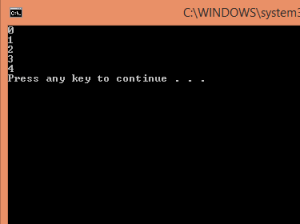
Loop Control structure: WHILE LOOP
This loop is also known as entry controlled loop because the condition is checked as the complier enters the loop . If the condition is true then it enters the loop and executes the steps else it just ignore the loop part and goes to the next part of the statement .
Syntax:
while(condition )
{
-------------
// while body
--------------
}
start means from where to start off from i.e set the counter.
condition , here the condition is tested if its true then one can enter the loop else it wont.
increment/decrement here the counter is incremented or decremented according to the condition else how will the loop come to an end .
i.e if you wont increment or decrement the loop it will become an infinite loop
Output:
Loop Control structure: DO-WHILE LOOP
This loop is also known as exit controlled loop because the condition is checked after the complier entered the loop . If the condition is true then it continue to run the loop and executes the steps . Here it enters the loop atleast once whether the condition comes out to be true or not , which was not the case with while or for loop.
Syntax:
do
{
-------------
// do-while body
--------------
} while (condition);
start means from where to start off from i.e set the counter.
condition , here the condition is tested if its true then one can enter the loop else it wont.
increment/decre-ment here the counter is incremented or decremented according to the condition else how will the loop come to an end .
i.e if you wont increment or decrement the loop it will become an infinite loop
Lets see the example .
Output:
Have something to add on Types of Loop Control structure ? Please add in comments.
Follow us on Facebook, Google Plus and Twitter to get more Tech News and reviews.

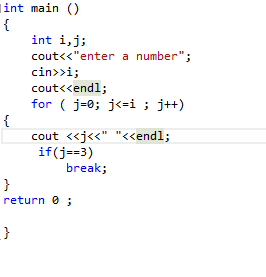

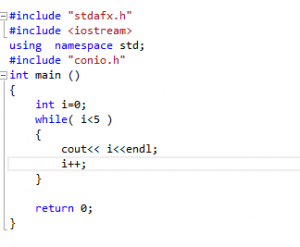


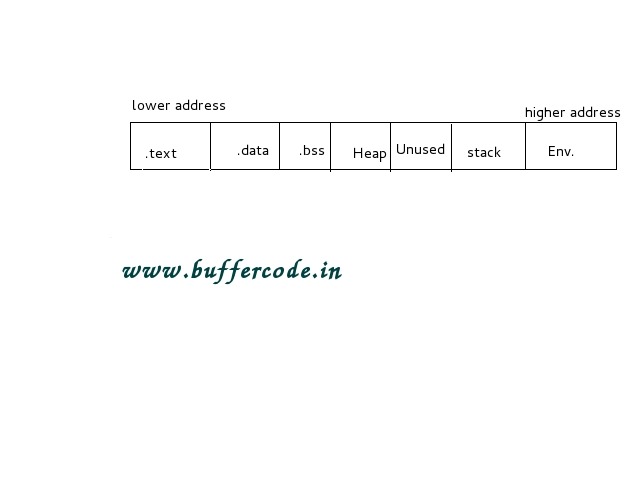
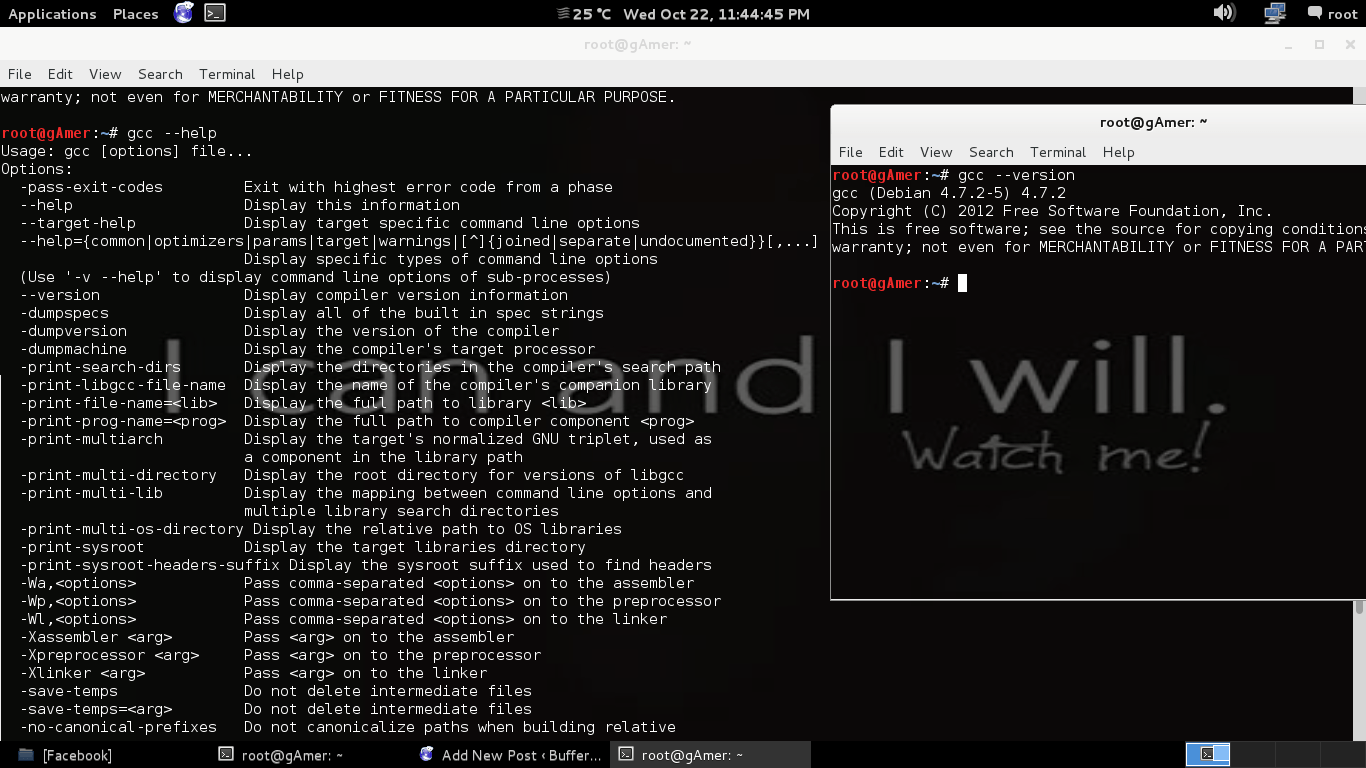



What a good YouTube video it is! Remarkable, I loved it, and I am sharing this YouTube video with all my colleagues Buffercode | The Loop Control structure – Buffercode.
I am actually grateful to the holder of this web site Buffercode | The Loop Control structure – Buffercode who has shared this wonderful piece of writing at at this time.
Comments are closed.